Perfecting Gulyas Soup Techniques for Robust Hungarian Flavor
11 min read Explore essential techniques to craft authentic Gulyas Soup with deep Hungarian flavors and rich, robust taste profiles. July 29, 2025 18:05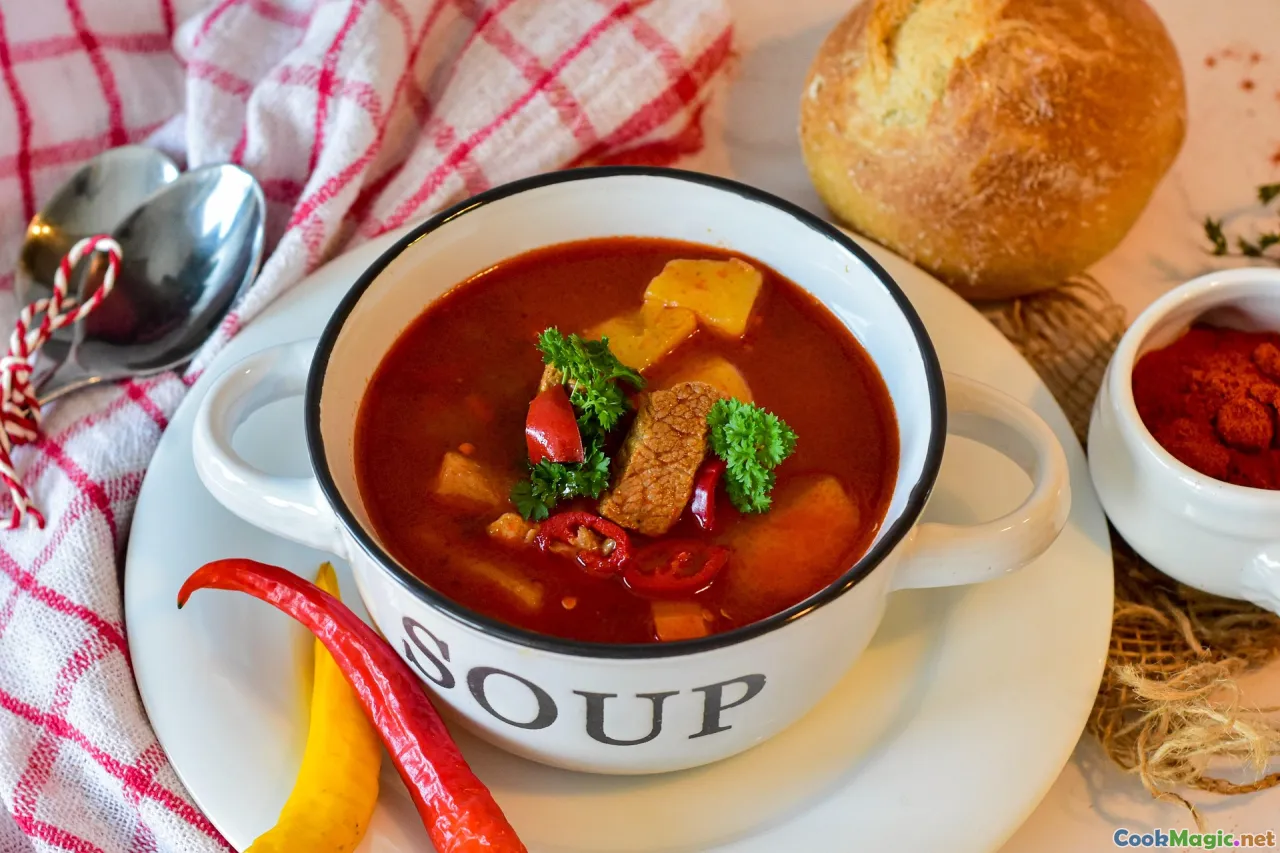
Perfecting Gulyás Soup Techniques for Robust Hungarian Flavor
Imagine wandering through the lush plains of the Great Hungarian Plain at dawn, the air thick with the scent of paprika, sizzling meats, and hearty vegetables simmering in a bubbling cauldron. Gulyás, or Hungarian goulash, is more than just a soup; it’s a rich tapestry of history, culture, and tradition simmered into every flavorful spoonful. This dish embodies the soul of Hungary—bold, humble, and deeply comforting. Mastering its techniques unlocks a portal to centuries-old culinary artistry, allowing you to create a bowl that sings with authentic Hungarian character.
In this guide, we’ll explore the art and science behind perfecting gulyás, blend sensory exploration with meticulous technique, and offer personal insights that breathe life into each step of the process. Whether you’re cooking for family or curating a Hungarian-themed gathering, understanding the nuances will elevate your dish from good to unforgettable.
Delving Into the Heart of Gulyás: Cultural and Historical Context

To truly perfect gulyás, it’s essential to appreciate its roots. Originating from the herdsmen, or "gulyás" meaning "herdsman," this dish has journeyed through Hungarian history, evolving from simple stew to national treasure. For centuries, the herdsmen cooked over open fires with ingredients readily available—meat, root vegetables, and most notably, Hungarian paprika.
Paprika, often called "red gold," confers the characteristic vibrancy and depth of flavor signature to gulyás. It’s a reflection of Hungary’s agricultural richness and its centuries-old spice trade influences. Historically, gulyás was a practical, nourishing meal to sustain tireless herdsmen, nourishing both body and spirit after long days under the sun.
Integrating traditional techniques with modern sensibilities invites both respect for tradition and exploration of creative boundaries.
Choosing the Right Ingredients: Foundations of Authenticity
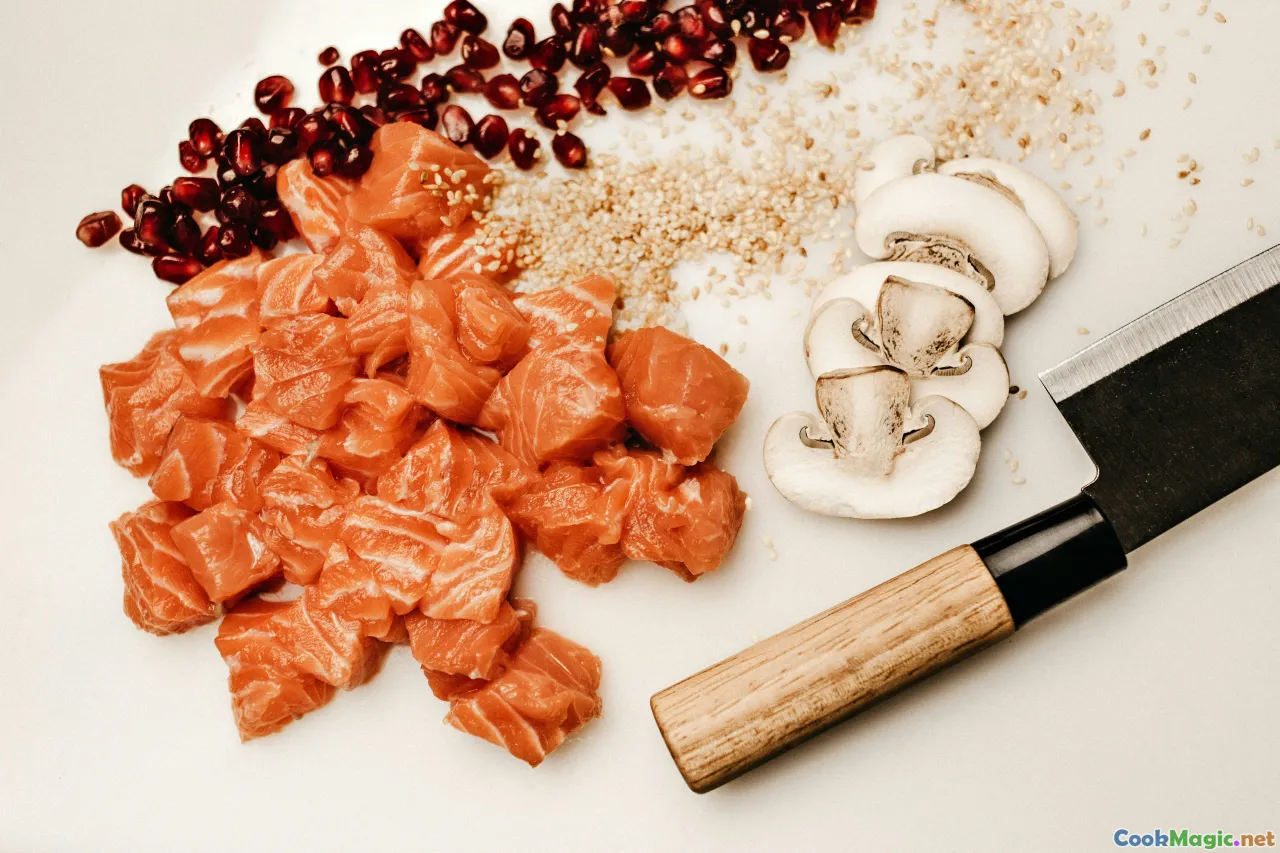
The magic of gulyás begins with selecting quality ingredients. An authentic dish demands integrity at every level:
- Meat: Traditionally, beef shoulder or shank, preferably bone-in, which imparts depth. For authenticity, avoid cuts labeled as stew meat—look for brisket or shin for richness.
- Onions: The aromatic starting point. Use large, fresh white onions—less sweet and more pungent, providing that earthy undertone.
- Paprika:The soul of gulyás. Opt for Hungarian sweet paprika (preferablySzéchenyiorKirályi), and avoid cheap, artificial substitutes. Freshly ground, it offers intensity in aroma and flavor.
- Vegetables: Carrots, potatoes, parsnips, and sometimes green peppers—added in stages to build complexity.
- Fat: Use lard or sunflower oil—aim for a rich base that won’t overpower the flavors.
Personal tip: For deeper complexity, add a small amount of smoked paprika alongside classic sweet paprika to introduce a subtle smoky undertone.
Mastering the Base: The Art of Building Flavors
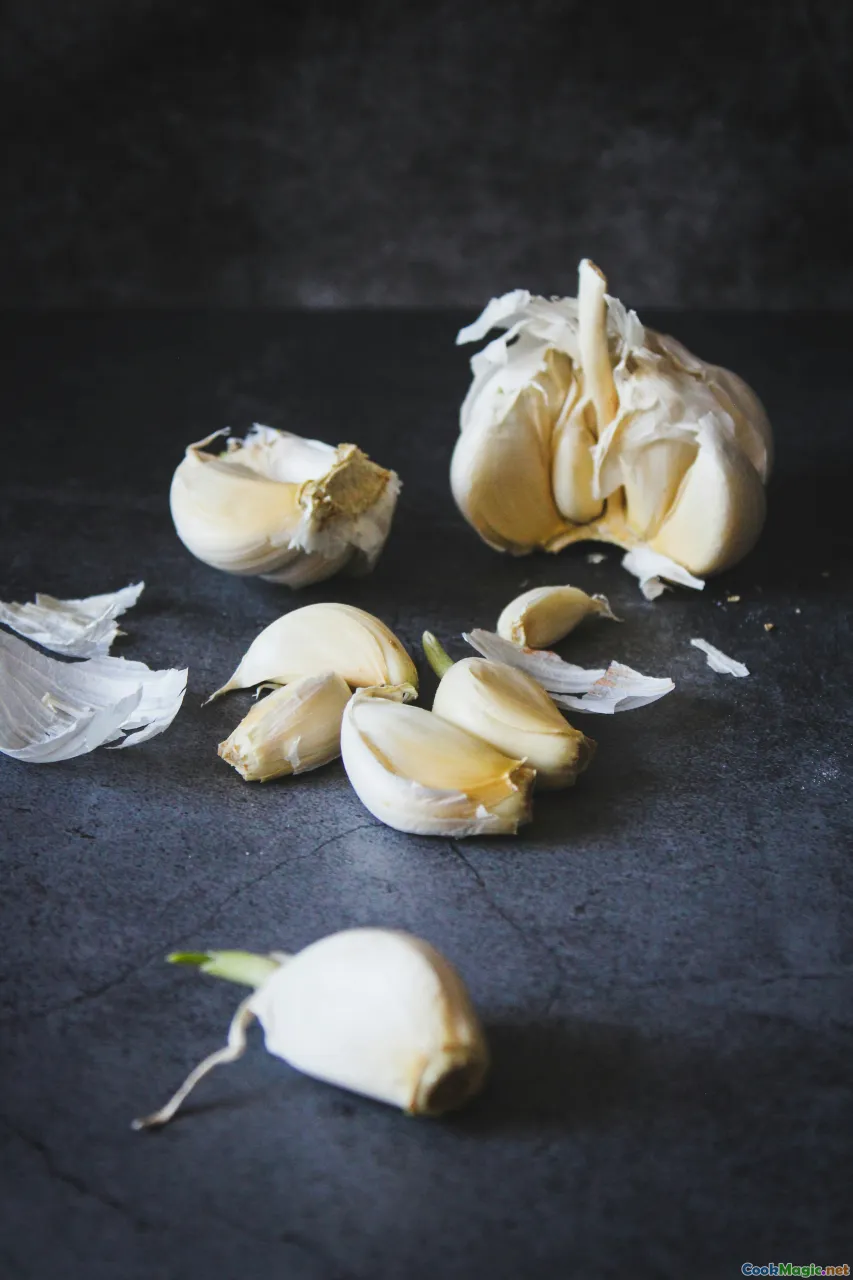
Creating an authentic gulyás demands patience and precision in developing the flavor base. This is where the dish truly takes shape:
- Sweat the Onions: Begin by gently sautéing diced onions in oil or lard over medium heat, stirring constantly until translucent. Do not rush this step—proper caramelization at the edges adds a sweet, umami-rich backdrop.
- The Paprika Moment: Once onions are nearly ready, remove the pot from heat briefly before adding paprika. This prevents burning, which can turn the spice bitter. Stir paprika directly into the warm onions; it will release their aroma and deepen in color.
- Adding the Meat: Brown the beef in batches to develop a rich crust, which adds complexity. Do not overcrowd the pan; patience here rewards the flavor.
- Deglazing: Use a splash of hot water or red wine to loosen browned bits stuck to the pot—these are flavor gold.
Through this layered process, your base will develop a robust, smoky, and savory profile that serves as the foundation for the entirety of the soup.
The Technique of Simmering: Low and Slow for Deep Flavor

Gulyás benefits from a gentle, prolonged simmer—allowing flavors to meld and meat to become tender without disintegrating:
- Maintain a consistent simmer at around 90–95°C (194–203°F).
- Skim off impurities regularly to keep broth clear.
- Add vegetables in stages—hardier root vegetables first, delicate potatoes later—so textures remain distinct.
- Add a pinch of Caraway Seeds (optional) for subtle earthiness, completing the flavor bouquet.
The result: a velvety, aromatic broth bursting with paprika-infused richness and tender meat that practically falls apart. Patience here is crucial; rushing the process risks dull flavors and tough meat.
Balancing Flavors: Adjustments and Personal Touches
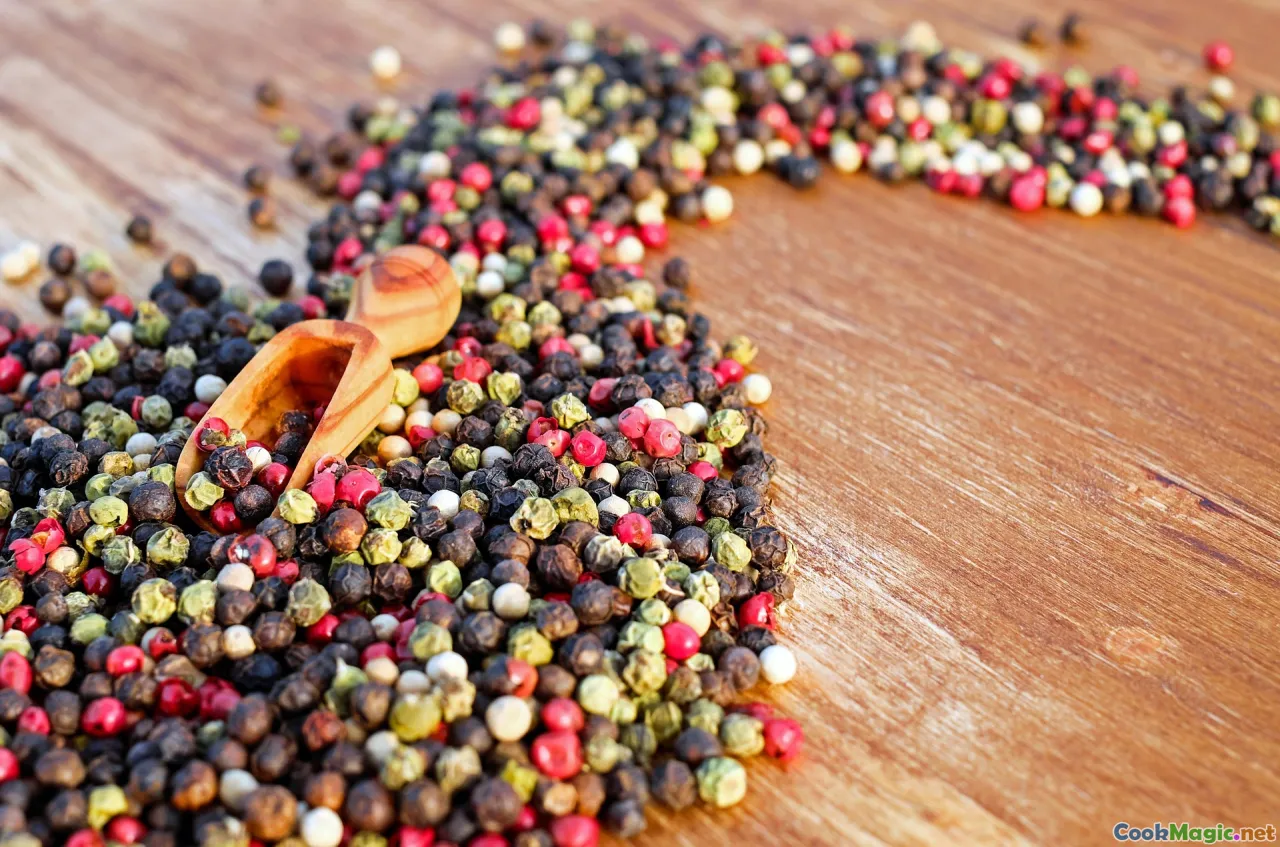
Taste as it simmers—the hallmark of a master chef. Adjust salt and pepper meticulously. A splash of vinegar or a hint of hot paprika can elevate brightness or heat. Remember: Hungarian cuisine is all about layered, harmonious flavors.
Personal insight: I often add a sprinkle of freshly chopped parsley at the end for freshness and a hint of green contrast—never overpowering but integral to completeness.
Serving Gulyás: The True Hungarian Way
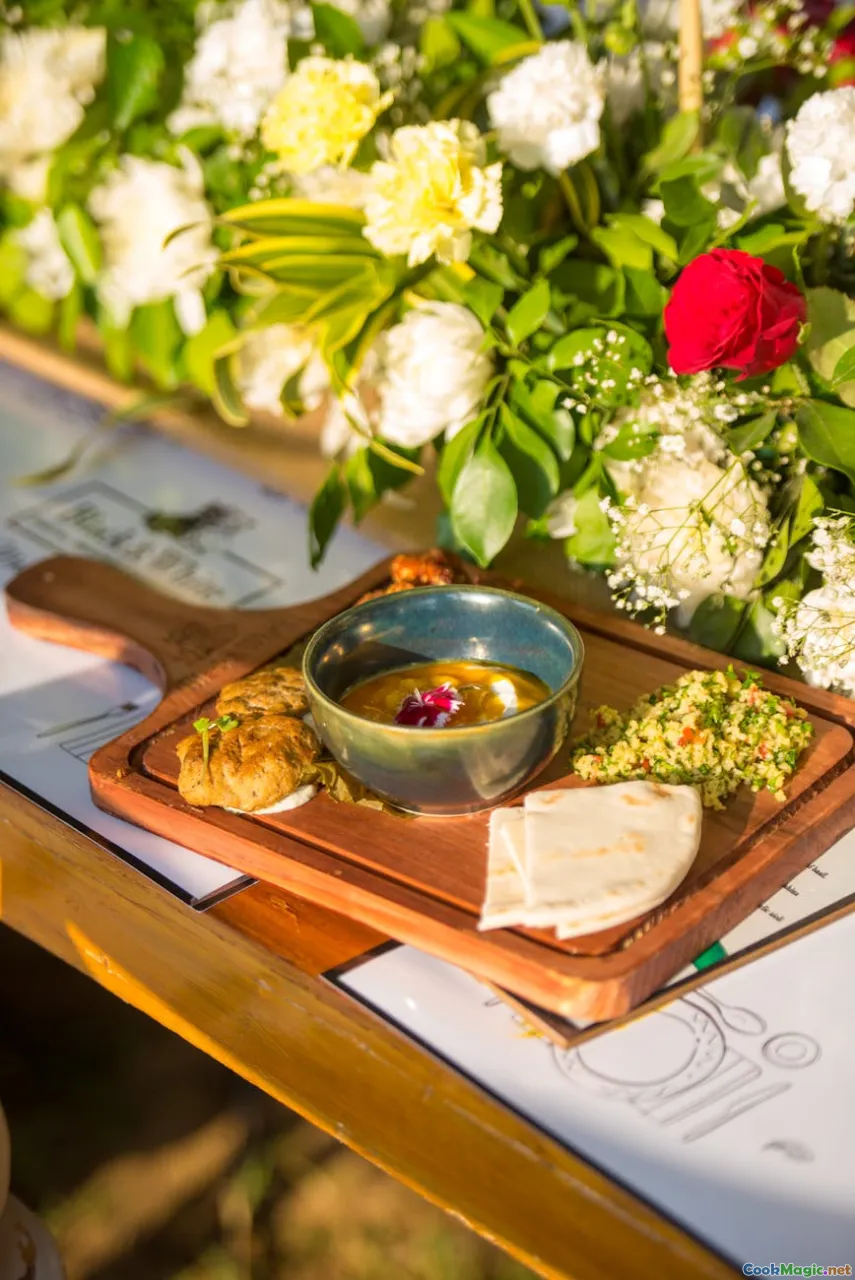
An authentic presentation elevates the experience. Serve gulyás in deep bowls—preferably rustic earthenware—to retain heat. Accompany each serving with crusty Hungarian bread, such as kovászos kenyérorlangos, perfect for scooping.
Gulyás is traditionally enjoyed without rice or pasta—its natural viscosity and hearty ingredients suffice. However, a side of Pickled Vegetables Cool Down can cut the richness.
Drink suggestions? Pair with a glass of Hungarian red wine—KadarkaorKékfrankos—or a chilled Unicum for a more traditional, medicinal drink.
Troubleshooting and Tips for Perfection
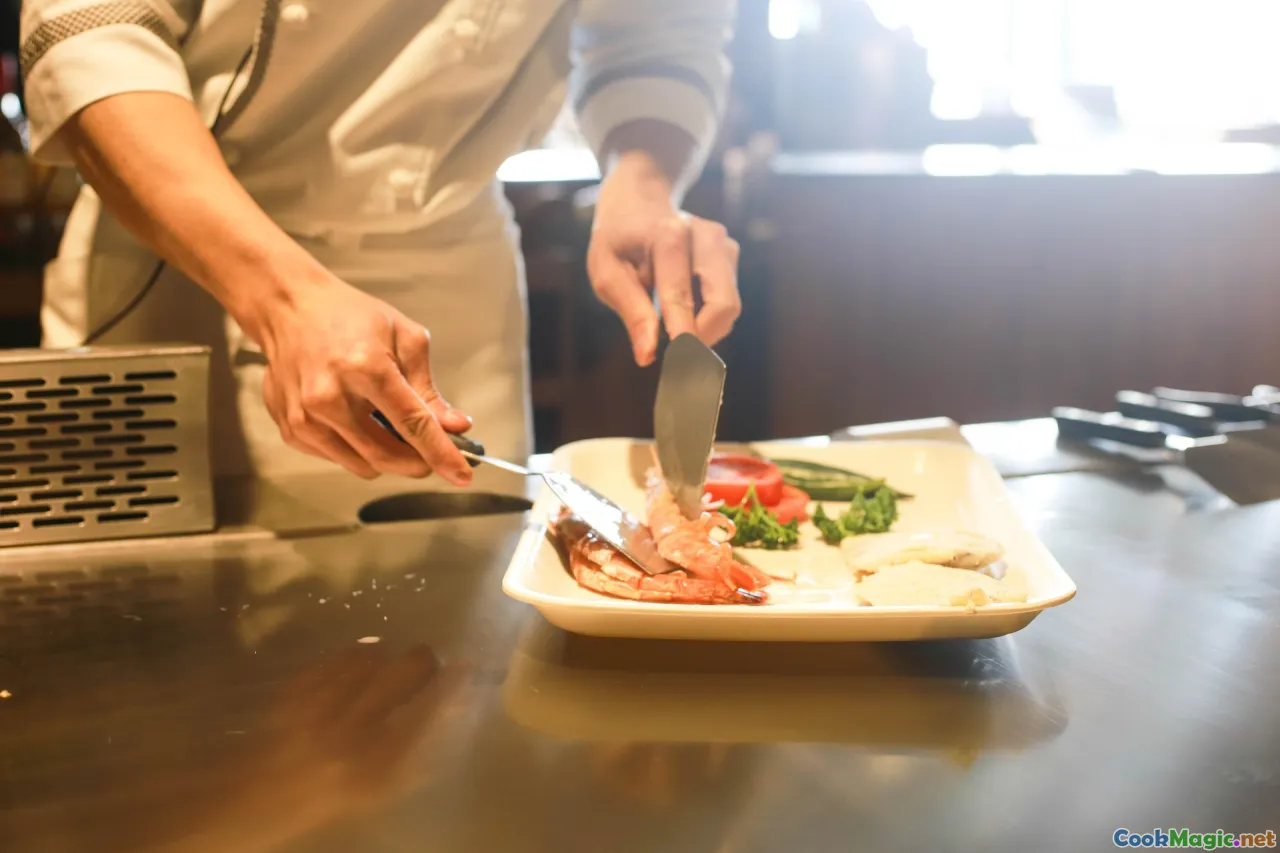
- Burnt Paprika: Avoid burning the paprika to prevent bitterness. Always add it off the heat or when the base isn’t too hot.
- Too Thin: Continue simmering uncovered to reduce the broth until desired consistency.
- Too Salty/Strong: Dilute with a splash of water or add a raw potato to absorb excess salt—remove before serving.
- Meat Not Tender: Extend simmering time; good gulyás needs patience.
Personal insight: Always use fresh, high-quality paprika and patience in building your base—these are lauded keys to an authentic, heartwarming bowl.
Reflecting on the Hungarian Gulyás Experience
Cooking gulyás is more than technique; it’s a journey into Hungary’s soul. The festival of flavors and textures, time-honored methods, and personal touches culminate in a dish that delights both the senses and the spirit.
As you perfect your gulyás, remember it’s about harmony—balancing the smoky paprika, tender meat, and hearty vegetables in a comforting embrace. Each bowl becomes a story, a link to Hungarian traditions, and an act of love shared at the table.
From the rolling hills of Puszta to your home kitchen, may your gulyás always be flavorful, authentic, and filled with warm memories. Embrace the process, cherish the flavors, and let this iconic Hungarian soup become a masterpiece in your culinary repertoire.









